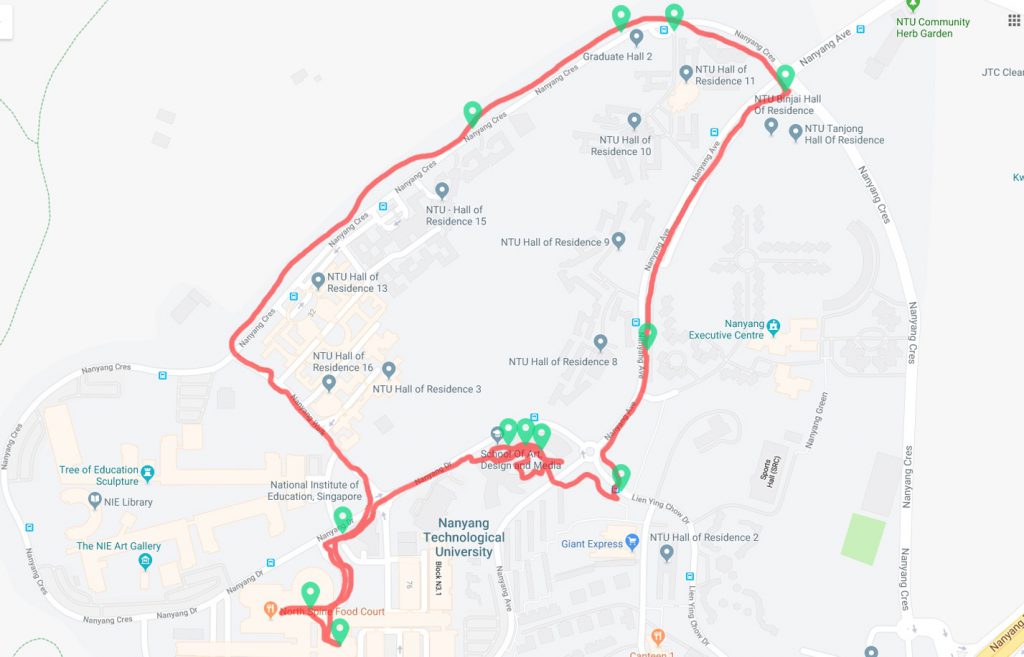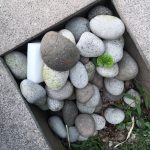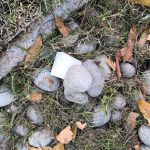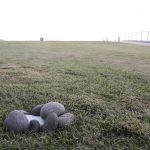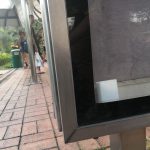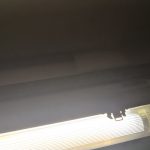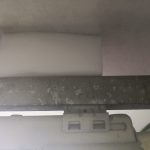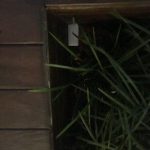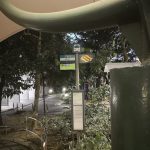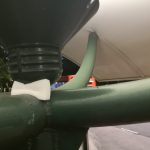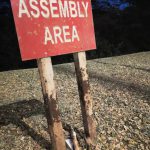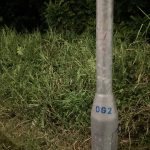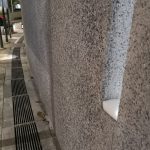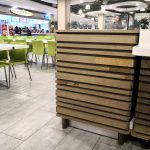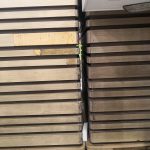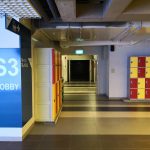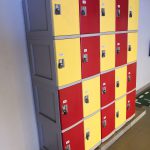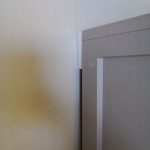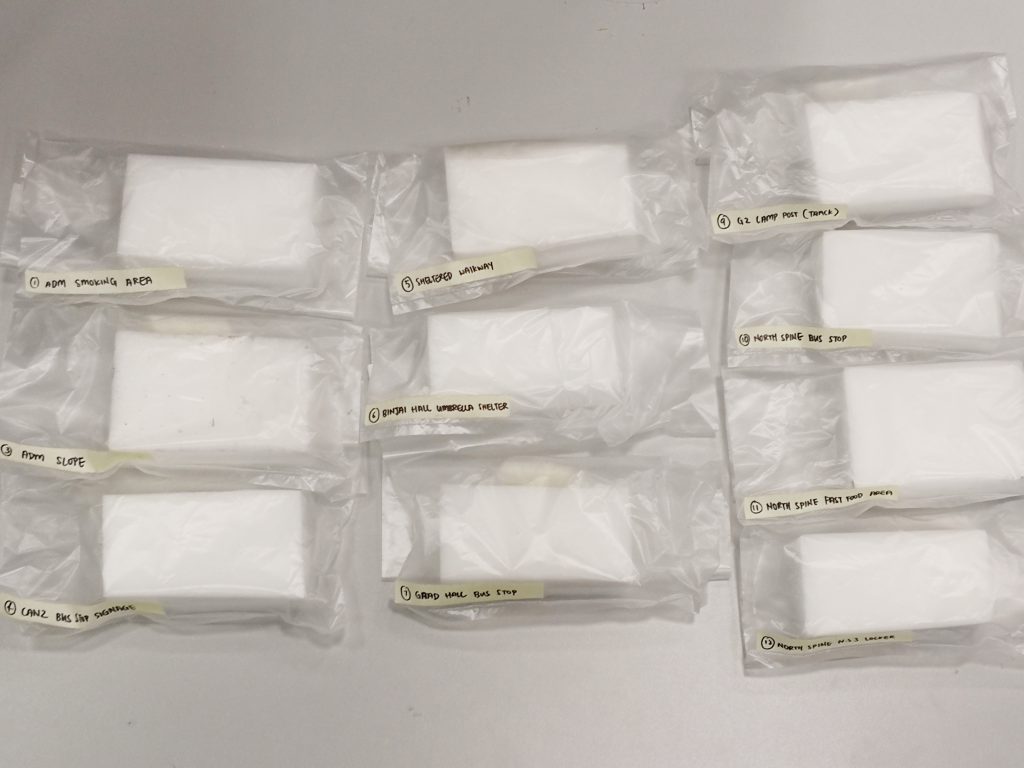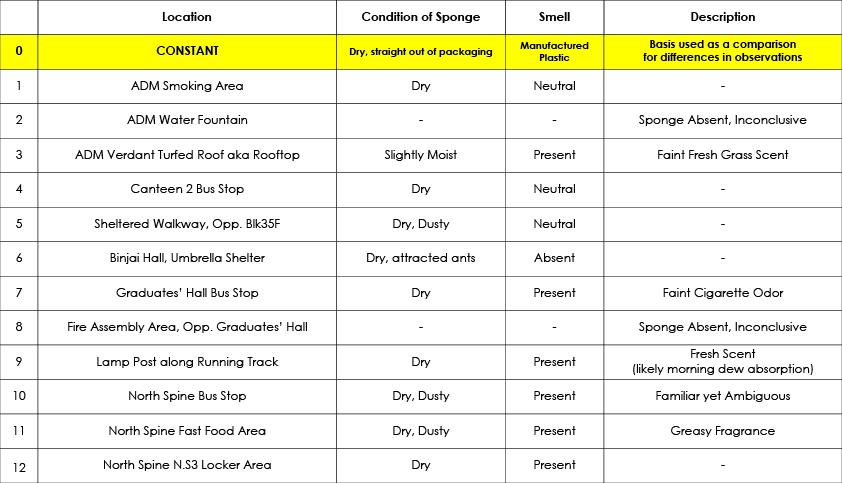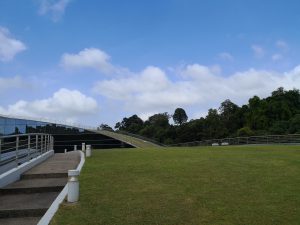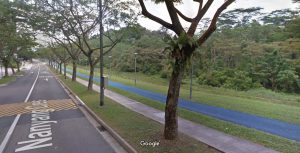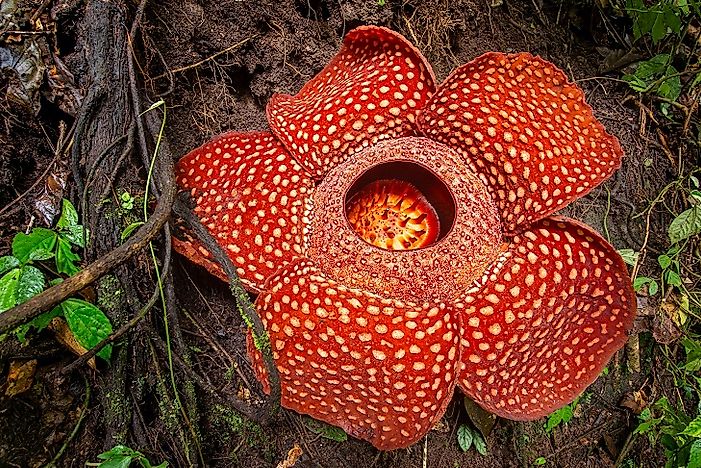” SMELL. “
by
Heng Tong x Hong Sheng
After the previous session with Ker Siang, we have set our minds on the direction we are heading towards, which was to collect smell through interaction instead of collecting a specific smell and then amplifying it through our installation.
We finally moved on to ideating and doing some sketches on how we can implement our ideas through forms. We had an important factor in mind that could make or break our installation, which was how we can invite people to approach and interact with our installations. Another factor was how people actually touch, we went on to observe people around us when they use their sense of touch on things.
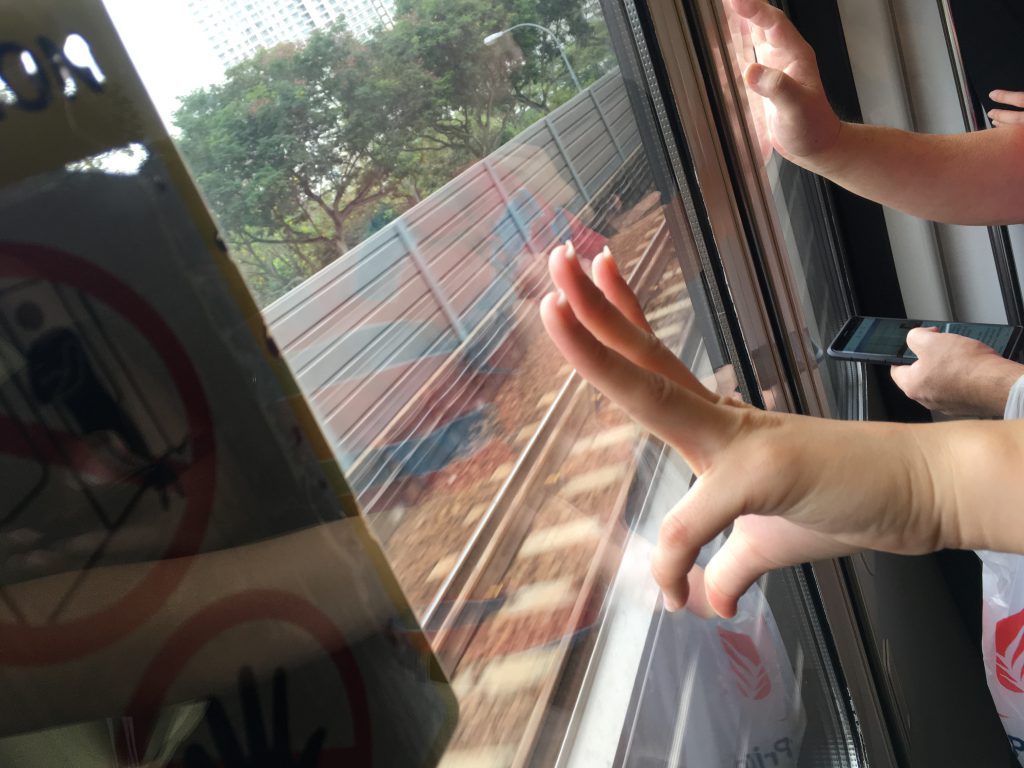
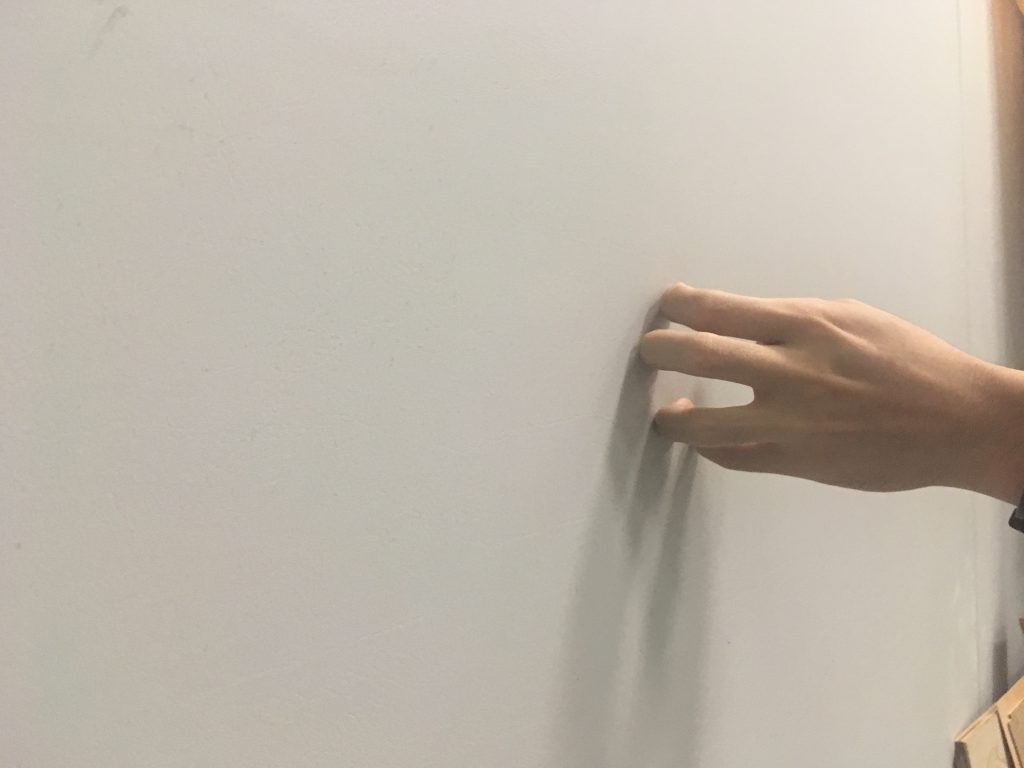
Together with these observations, we moved on to sketching out different ideas.
Idea 1
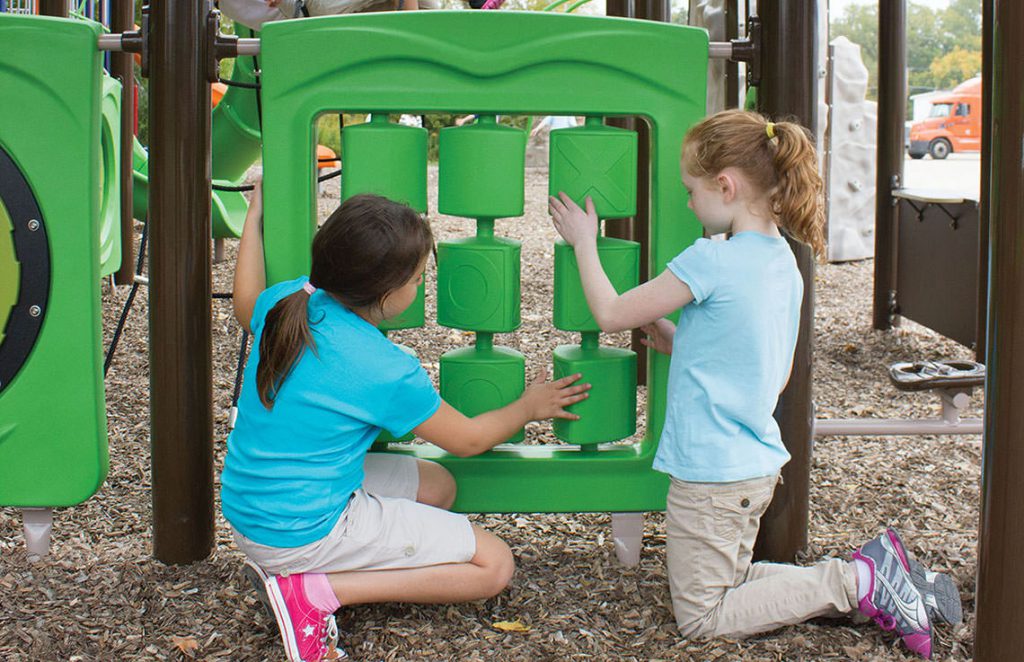
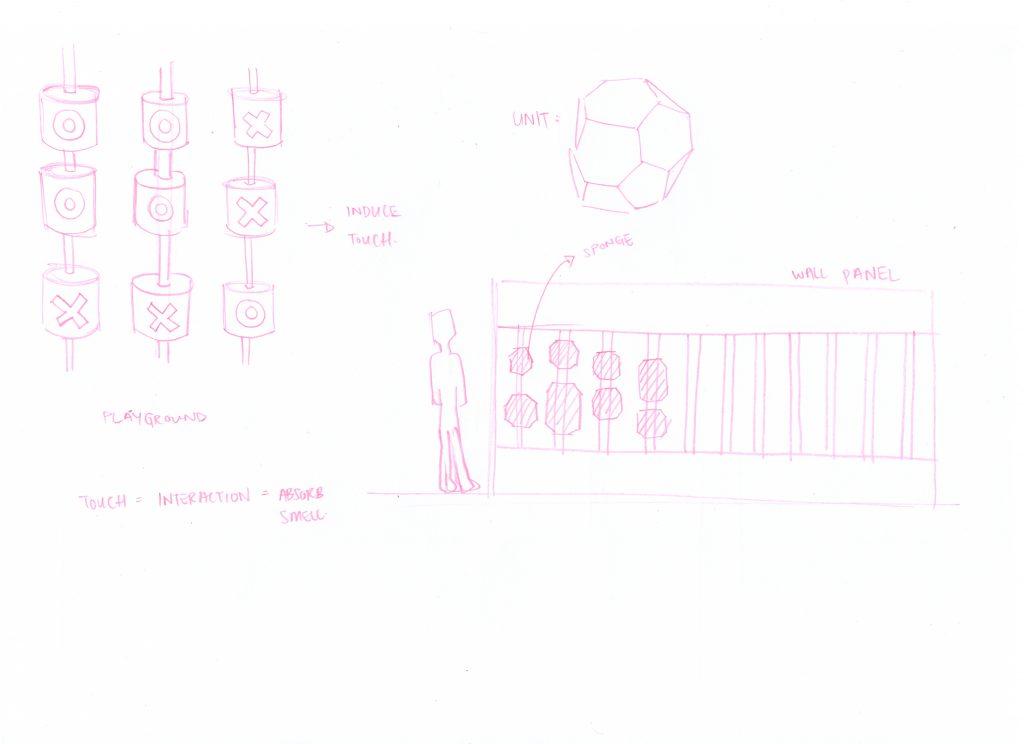
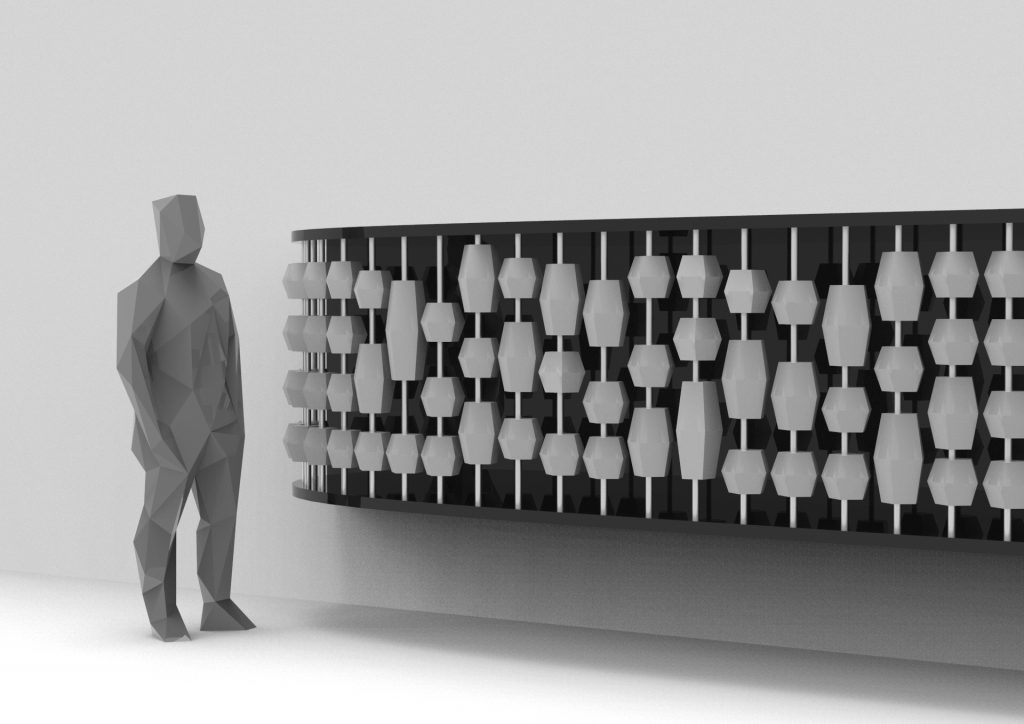
We thought of the tic-tac-toe game which children play with at the playground where they spin cylinders to either X or O to play a game. Through this interaction, we felt that it was a ‘sure-way’ to invite people to actually spin them if it was an installation, and through these interactions, smells would be collected and overtime, a unique smell would be collected.
Working on this idea of spinning a unit on an axis, we developed this to be a wall installation where people could interact with the installation as they walk, which makes it an interaction where they do not need to stop and spend time interacting with it.
Another feature which we chanced upon was when people interact with the installation, these units are constantly changing and when light shines upon the installation, it would cast different shadows at anytime.
However, there are still factors to consider about this idea.
1) Size and shapes of units.
2) How does technology play a part? Or does it even need technology so that it does not complicate the installation?
Idea 2
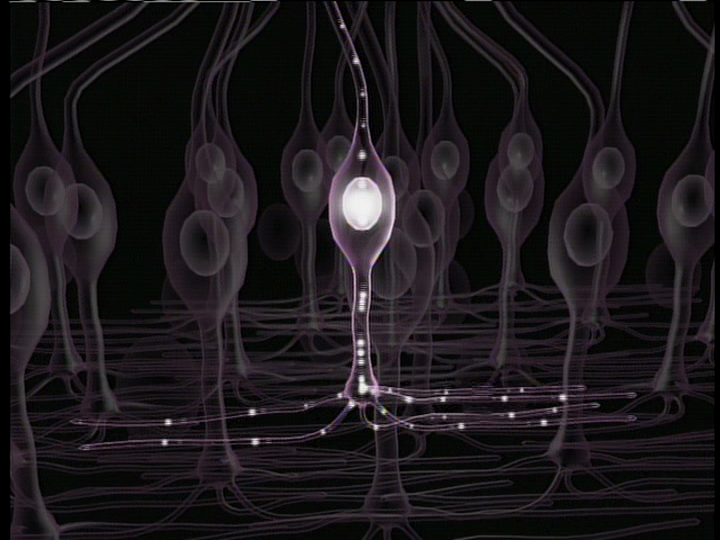
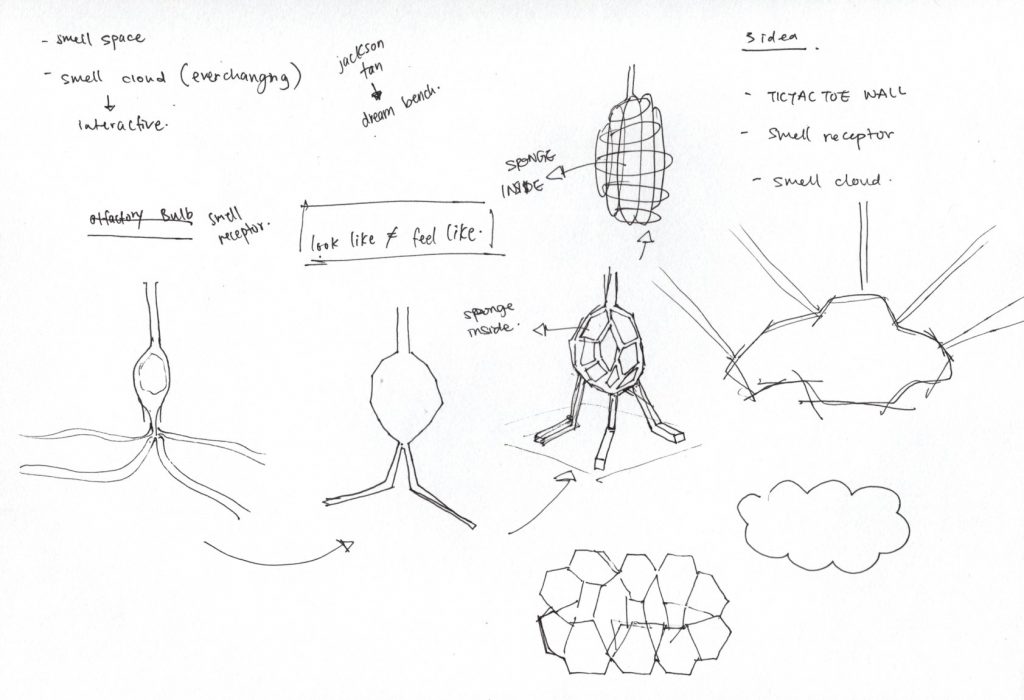
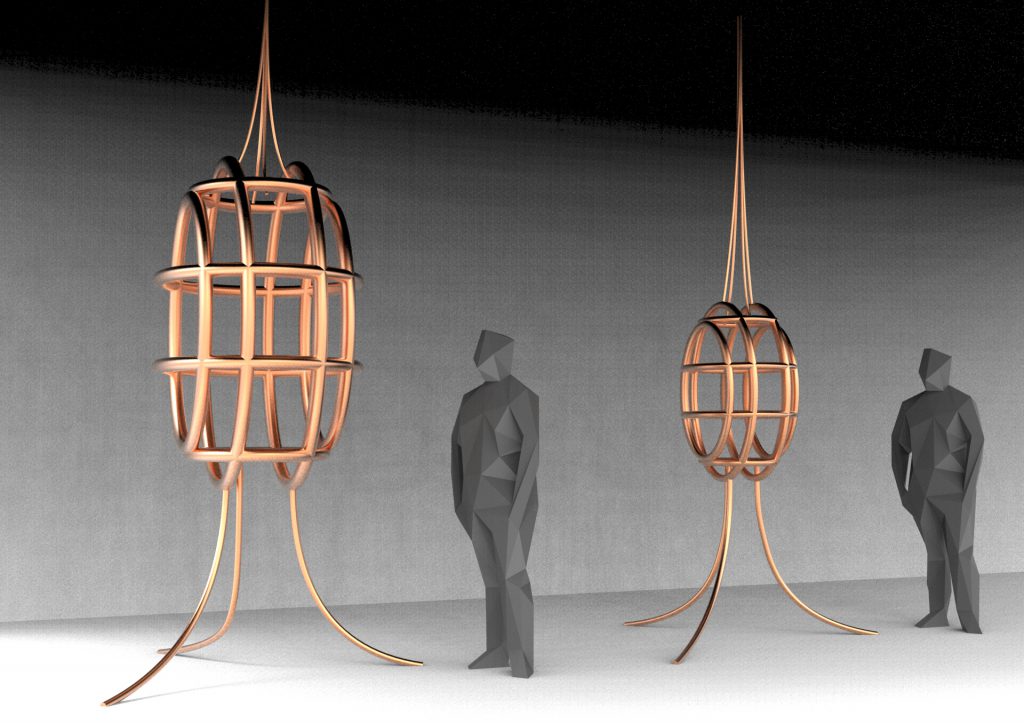
Another idea was conceived when we watched the movie mentioned earlier, Mystery of the Sense. We came across these scene where particles were reaching the smell receptor. We were very inspired by the form and it relates back to our very initial idea of working with smell.
The idea behind this was, for us human to smell these particles, it has to reach the smell receptor and then information would go directly to the brain. Through this installation, we are making NTU students the catalysts of this product, which means they are the ‘particles’ in that sense, to the giant smell receptor. Through interacting with the installation, smell would be collected overtime and would then create a unique smell.
The structure could be made with a strong material, and sponges can make up the insides of it where people can interact with it.
Idea 3
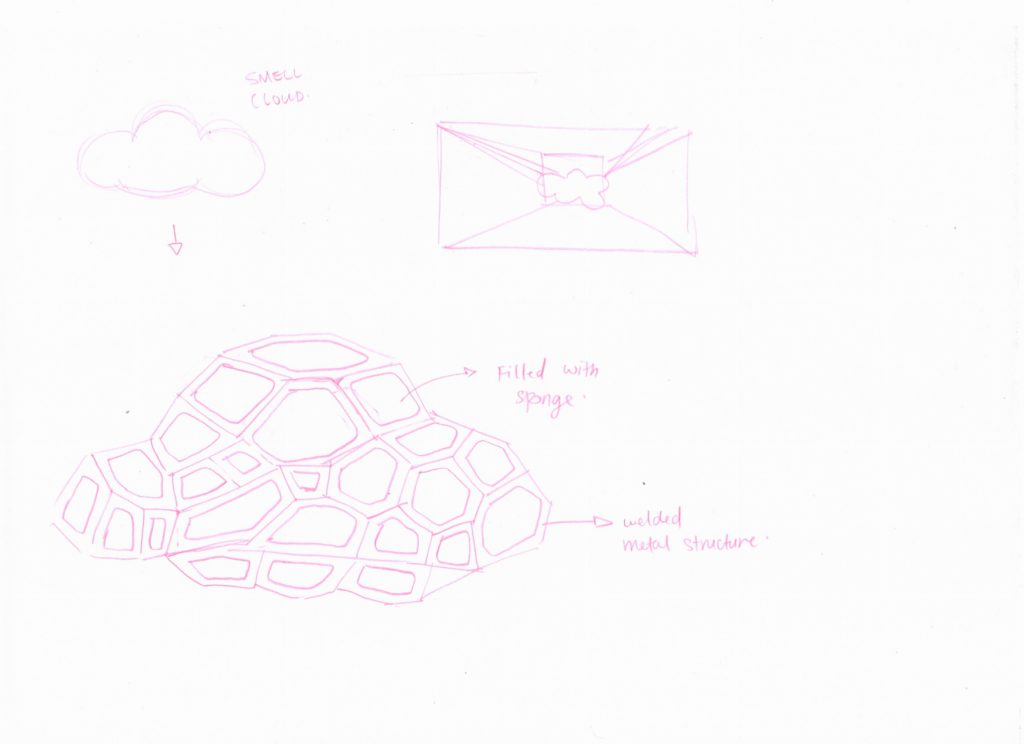
The last idea was inspired by a cloud. We call it smell cloud. Through the form of a cloud, we can interpret it as something that is always present yet often neglected, just like the presence of smell. A possible way of implementing this could make use of the first 2 ideas, which is to use the spinning action to interact with the smell cloud, or to use a structure and have sponges filled in it to allow interaction to occur.
We will have more ideas coming up..
-WIP-
